How to Draw Like an Architect: An Introduction
Have you ever looked at a stunning building and wondered how the architect brought their vision to life? Drawing like an architect is not just about putting pencil to paper; it’s about **communicating ideas** and concepts effectively. In this article, we will explore the fundamental techniques and principles that aspiring architects can use to enhance their drawing skills. Whether you’re a student, a hobbyist, or someone looking to dive deeper into the world of architecture, understanding how to draw like an architect will provide a solid foundation for effective architectural representation.
Architectural drawing is a skill that combines creativity with precision. It’s a language of its own, allowing architects to express their thoughts visually. Imagine being able to transform a simple idea into a detailed blueprint that others can understand and appreciate. This journey into the world of architectural drawing will not only improve your skills but also deepen your appreciation for the art of architecture itself.
Throughout this article, we will cover various aspects of architectural drawing, from the essential tools you need to get started, to mastering basic techniques that will elevate your work. We’ll also discuss the differences between sketching and technical drawing, helping you choose the right approach for your projects. Plus, we’ll explore how to develop a unique style that reflects your personality and vision as an architect.
So, grab your sketchbook and let’s embark on this exciting journey together! By the end of this article, you’ll be equipped with the knowledge and inspiration to draw like an architect. Get ready to unleash your creativity and transform your ideas into stunning visual representations!
- What materials do I need to start drawing like an architect? You will need basic drawing tools such as pencils, erasers, rulers, and sketchbooks. As you progress, you might want to explore more specialized tools.
- How can I improve my drawing skills? Regular practice is key. Try to draw daily, experiment with different techniques, and seek feedback from peers or mentors.
- Is it necessary to learn digital drawing tools? While traditional drawing methods are essential, digital tools can enhance your work and are often used in professional settings.
- Can I develop my unique drawing style? Absolutely! Your style will evolve as you practice and experiment with various techniques and influences.
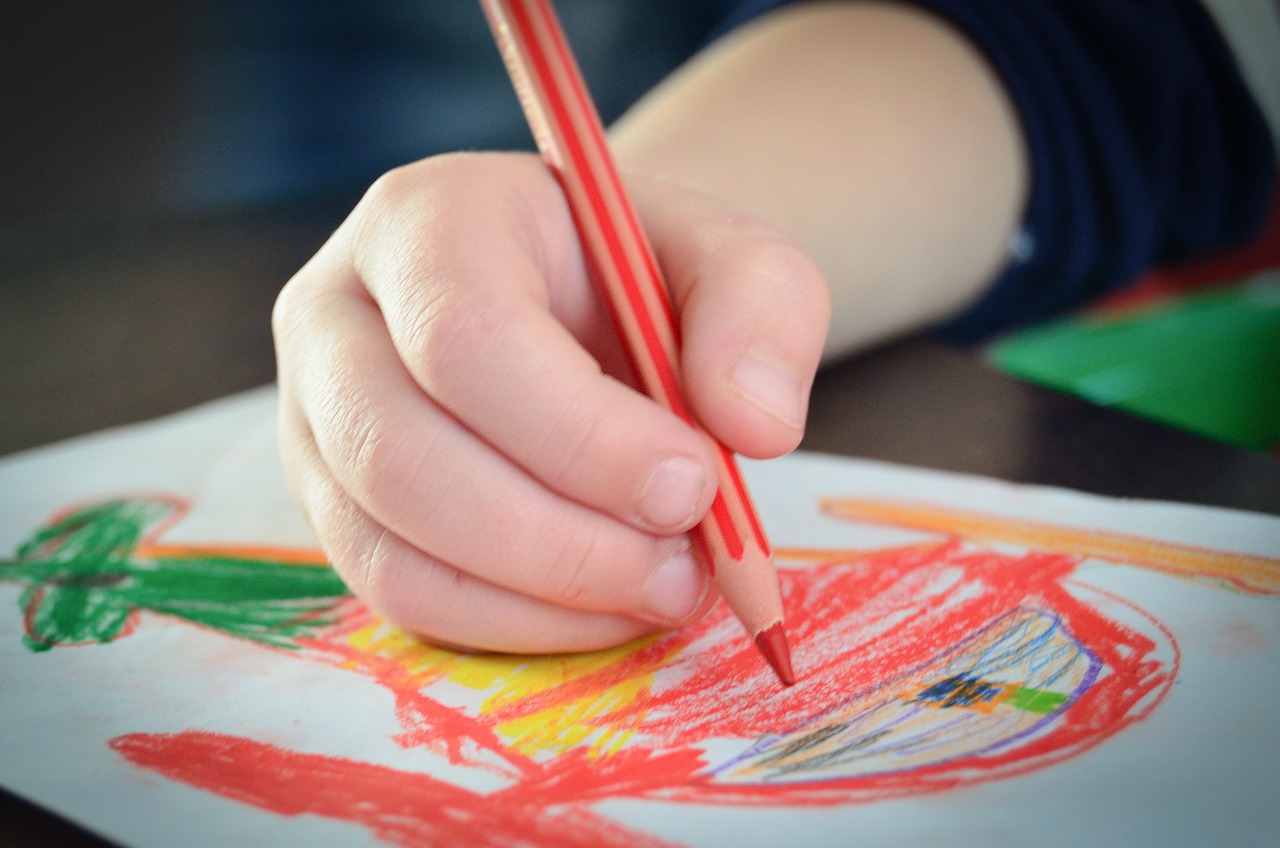
Understanding Architectural Drawing
Architectural drawing is more than just putting pencil to paper; it's a unique form of visual communication that serves as a bridge between ideas and reality. Imagine you're trying to convey the vision of a stunning new building to a client who can only see in their mind's eye. This is where architectural drawing comes into play, transforming abstract concepts into tangible visuals that can be understood and appreciated. The importance of these drawings cannot be overstated, as they not only help architects express their ideas but also guide builders in the construction process.
There are various types of architectural drawings, each serving a specific purpose. Let's take a quick look at some of the most common ones:
- Conceptual Drawings: These are often the first sketches that capture the essence of an idea. They may be rough and free-flowing, intended to communicate the general form and feel of a project.
- Presentation Drawings: These polished visuals are used to present ideas to clients or stakeholders. They often include color, textures, and a level of detail designed to impress.
- Construction Drawings: Also known as working drawings, these are highly detailed and technical. They provide all the necessary information for builders to construct the project accurately.
- Detail Drawings: These focus on specific components of a building, like windows or door frames, providing intricate details that ensure everything fits together perfectly.
Understanding these different types of drawings is crucial for any aspiring architect. Each serves a distinct purpose and requires different skills and techniques. For example, while conceptual drawings might allow for more creativity and freedom, construction drawings demand precision and adherence to codes and regulations. This balance between creativity and technicality is what makes architectural drawing a fascinating field.
Moreover, the ability to draw effectively can significantly impact an architect's career. A well-executed drawing can not only win over clients but can also inspire teams and stakeholders to collaborate more effectively. Think of it as the language of architecture; just as learning a new language opens doors to communication, mastering architectural drawing opens doors to innovation and creativity in design.
In conclusion, understanding architectural drawing is fundamental for anyone looking to make their mark in the field of architecture. It’s about more than just aesthetics; it’s about conveying ideas, ensuring clarity, and ultimately, bringing visions to life. So, whether you’re sketching your first concept or drafting detailed construction plans, remember that each line you draw is a step toward building something extraordinary.
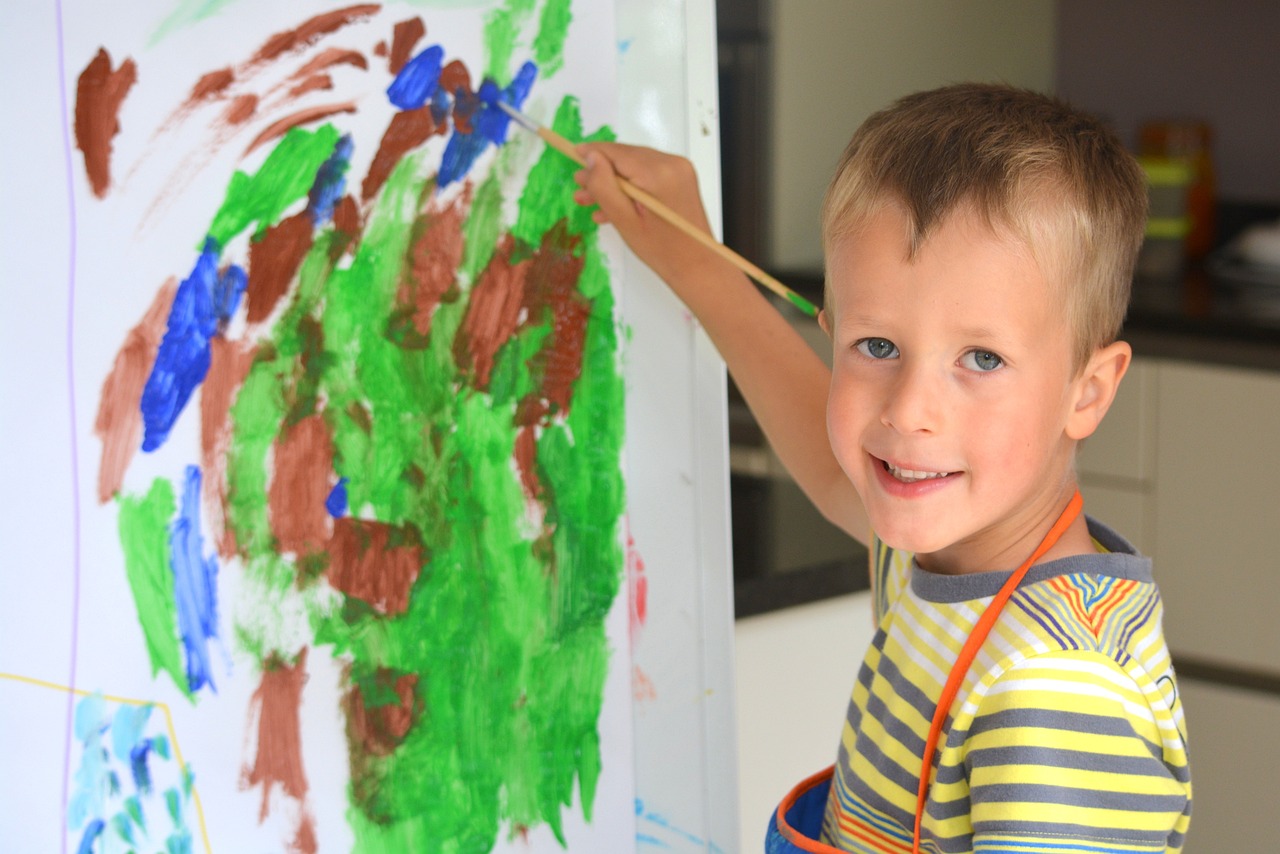
Essential Tools for Architectural Drawing
When it comes to architectural drawing, having the right tools is not just a luxury; it's a necessity. Think of your tools as the brushes and palette of a painter. Without them, the masterpiece in your mind remains just that—a thought. So, what are the essential instruments that every aspiring architect should have in their toolkit? Let’s dive into the must-haves that will help you translate your creative visions into tangible designs.
First and foremost, pencils are your best friends. You’ll want a range of pencils, from hard (H) for fine lines to soft (B) for shading. The 0.5mm mechanical pencil is a favorite among architects for its precision and convenience. It's like having a trusty sidekick that never lets you down!
Next up, we have rulers and scales. A good quality straightedge is essential for creating clean lines, while a scale ruler allows you to accurately measure and represent dimensions. Imagine trying to build a house with a wobbly foundation—your drawings need to be precise to ensure the integrity of your designs.
Another critical tool is the compass. This handy device helps you draw perfect circles and arcs, adding a touch of elegance to your designs. When using a compass, think of it as a compass for your architectural journey—it guides you to create balanced and harmonious shapes.
Don’t forget about erasers. A good eraser is crucial for any artist, and in architecture, it allows you to refine your ideas. Whether you prefer a standard rubber eraser or a kneaded one for more delicate work, having the right eraser can make a world of difference in your drawing process.
Now, let’s talk about paper. The type of paper you choose can significantly impact your drawing. For sketching, a smooth, heavyweight paper is ideal, while for technical drawings, a grid or graph paper can help maintain accuracy. You wouldn’t want to paint a masterpiece on a napkin, right? The same goes for your architectural drawings.
In addition to these basics, you might consider investing in some digital tools. Software like AutoCAD and SketchUp can complement your traditional drawing methods, allowing you to explore and visualize your designs in a digital format. Think of it as having a virtual workshop where your ideas can come to life in 3D.
To wrap it up, here’s a quick table summarizing the essential tools for architectural drawing:
| Tool | Purpose |
|---|---|
| Pencils | For fine lines and shading |
| Rulers and Scales | For accurate measurements and clean lines |
| Compass | For drawing circles and arcs |
| Erasers | For refining and correcting drawings |
| Paper | For sketching and technical drawings |
| Digital Tools | For enhancing and visualizing designs |
In conclusion, the tools you choose will not only affect the quality of your drawings but also your overall creative experience. So, invest wisely and remember that each tool serves a purpose in your architectural journey. With the right instruments at your disposal, you’ll be well on your way to crafting stunning architectural representations that truly reflect your unique vision.
Q: What is the most important tool for architectural drawing?
A: While all tools are important, many architects consider pencils and rulers to be the most essential for creating accurate and detailed drawings.
Q: Can I use digital tools instead of traditional drawing methods?
A: Absolutely! Many architects use a combination of traditional and digital tools to enhance their designs. It’s all about finding the right balance that works for you.
Q: How often should I practice my drawing skills?
A: Regular practice is key. Aim to draw daily or several times a week to continuously improve your skills and maintain your confidence.

Basic Drawing Techniques
Mastering is essential for any aspiring architect. Think of these techniques as the building blocks of your architectural skills; without a solid foundation, your creations may lack the structure and clarity needed to convey your vision. So, where do you start? Let’s dive into some fundamental skills that will elevate your drawing game.
First and foremost, let's talk about line work. The quality of your lines can make or break your drawing. Strong, clean lines convey confidence and precision, while shaky lines might leave your audience guessing about your intentions. Practice drawing straight lines, curves, and various weights. You can use a ruler for precision, but don’t shy away from freehand drawing, as it adds a personal touch to your sketches. Remember, a line can tell a story; it can be bold and assertive or soft and delicate.
Next up is shading. Shading adds depth and dimension to your drawings, transforming a flat image into a three-dimensional representation. Think of it as the makeup for your sketches; it enhances features and creates shadows that give life to your designs. To master shading, experiment with different techniques such as hatching, cross-hatching, and stippling. Each method has its own personality and can dramatically affect the mood of your drawing. For instance, hatching might lend a more technical feel, while stippling can evoke a softer, artistic vibe.
Another crucial aspect is perspective. Understanding perspective is like learning to see the world through an architect's eyes. It’s what allows you to represent three-dimensional spaces on a two-dimensional surface. Begin with one-point perspective, where you have a single vanishing point on the horizon line. Progress to two-point and three-point perspectives as you gain confidence. This technique is not just about angles; it's about creating a sense of reality in your designs. When you master perspective, your drawings will leap off the page, inviting viewers to step into your architectural vision.
Incorporating these techniques into your practice is vital. Set aside time each day to sketch, focusing on one technique at a time. For instance, you could dedicate one session to line work, another to shading, and so on. This focused practice will not only improve your skills but also build your confidence as you see your progress over time. Remember, the more you practice, the more natural these techniques will become.
Lastly, don’t forget to critique your work. It’s easy to get lost in the process, but stepping back to evaluate your drawings can provide invaluable insights. Ask yourself questions like: Are my lines clean? Is my shading consistent? Does my perspective accurately represent the space? This self-reflection will guide your growth and help you refine your unique style as an architect.
In summary, mastering basic drawing techniques such as line work, shading, and perspective is crucial for any aspiring architect. These skills not only enhance your technical abilities but also allow your creative vision to shine through. So grab your pencil, embrace the journey, and watch your architectural drawings transform into compelling visual narratives.
- What is the best way to practice drawing? Regular practice is key. Set aside time daily to focus on specific techniques.
- How can I improve my line work? Use a ruler for precision but also practice freehand drawing to develop your personal style.
- What tools do I need to start drawing? Basic tools include pencils, erasers, rulers, and sketchbooks. As you progress, you can explore more advanced materials.
- How important is shading in architectural drawing? Shading is crucial as it adds depth and dimension, making your drawings more realistic and engaging.

Sketching vs. Technical Drawing
When it comes to architectural representation, understanding the difference between sketching and technical drawing is crucial for any aspiring architect. Think of sketching as the free-spirited artist, flowing with creativity and spontaneity, while technical drawing is the meticulous engineer, focused on precision and detail. Each serves its own purpose in the architectural process, and knowing when to use which can elevate your designs to new heights.
Sketching is often the first step in the creative process. It allows architects to capture ideas quickly, often on the go. Imagine walking through a bustling city and suddenly spotting an intriguing building; a quick sketch can help you preserve that inspiration before it fades. This form of drawing is less about accuracy and more about conveying the essence of your vision. Sketches can be rough, fluid, and expressive, allowing for the exploration of concepts without the constraints of precision. They can include:
- Quick ideation of concepts
- Exploration of forms and spaces
- Communication of mood and atmosphere
On the flip side, technical drawing is all about accuracy and detail. These drawings are often created using tools like rulers, compasses, and CAD software to ensure that every line is precise and every measurement is exact. Technical drawings serve as the blueprint for construction, providing builders and contractors with the information they need to bring a design to life. They include:
- Floor plans
- Elevations
- Sections
The choice between sketching and technical drawing often depends on the stage of the design process. During the initial phases, when ideas are still forming, sketching reigns supreme. It allows architects to brainstorm and visualize concepts without getting bogged down by precise details. However, as a project progresses, the need for technical drawings becomes paramount. These drawings ensure that the vision is accurately communicated and can be executed without confusion.
In summary, both sketching and technical drawing are essential tools in an architect's arsenal. They complement each other beautifully, with sketching providing the creative spark and technical drawing offering the structure needed to turn ideas into reality. As you develop your skills, remember to embrace both styles. They can inform and enhance your architectural journey, allowing you to express your unique vision while ensuring that it can be realized in the physical world.
Q: Can I rely solely on sketching for my architectural projects?
A: While sketching is vital for brainstorming and conceptualization, technical drawings are essential for the actual construction process. Both are necessary to ensure a successful project.
Q: How can I improve my sketching skills?
A: Regular practice is key. Try sketching daily, focusing on different subjects, and don’t be afraid to experiment with styles and techniques.
Q: What software is best for technical drawing?
A: Popular software includes AutoCAD, SketchUp, and Revit. Each has its strengths, so choose one that fits your workflow and project needs.
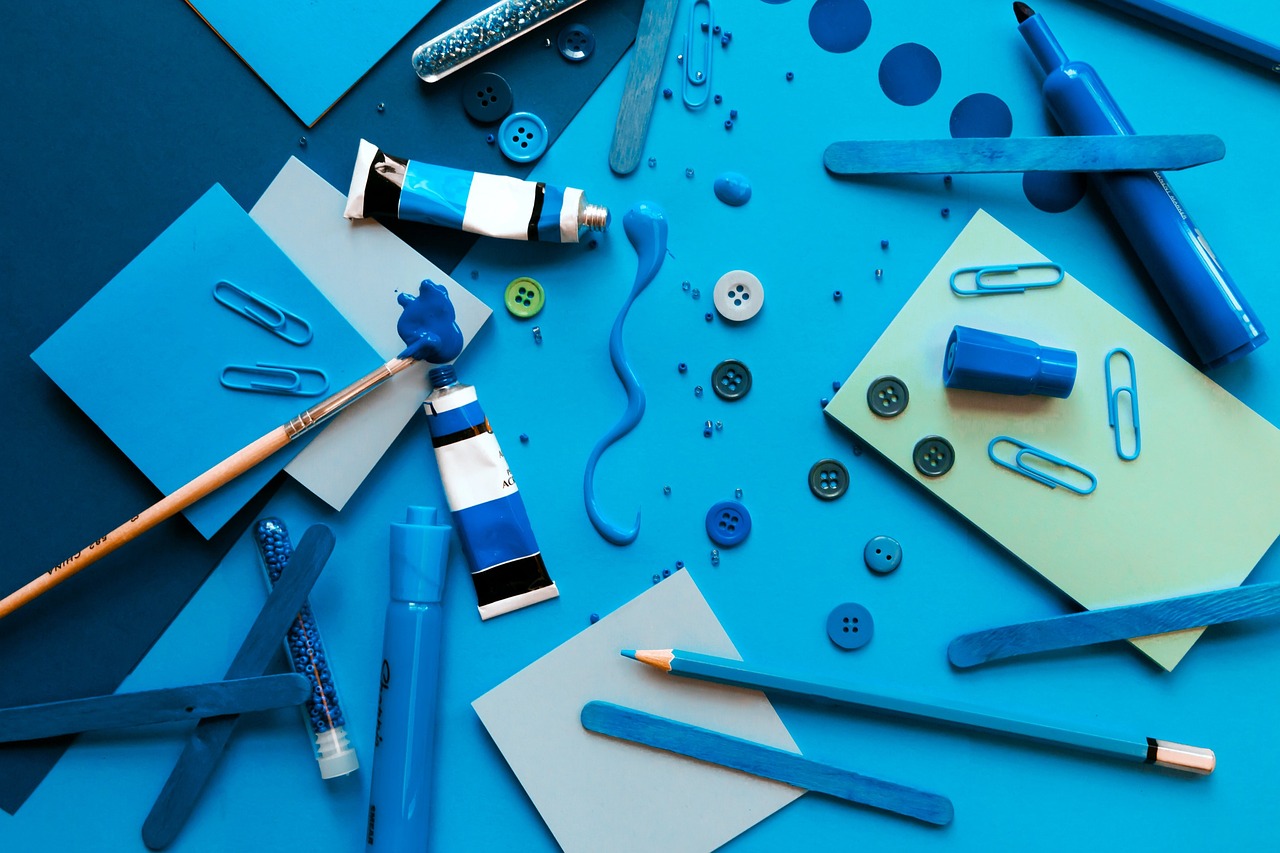
Developing a Unique Style
When it comes to architecture, having a unique drawing style is like having a signature; it sets you apart from the crowd and gives your work a distinct voice. But how do you go about developing this unique style? It’s not just about drawing pretty pictures; it’s about expressing your vision and personality through your art. Think of it as a journey where you explore various influences and techniques until you find what resonates with you.
First and foremost, embrace experimentation. Don’t be afraid to try out different methods, materials, and subjects. You might find that a specific medium, like charcoal or watercolor, brings out a side of your creativity that pencil and paper simply can’t capture. For instance, some architects prefer the fluidity of ink, while others may lean towards the precision of digital tools. By testing out various techniques, you can discover what aligns with your artistic sensibilities.
Another crucial aspect of developing your style is finding inspiration. Look at the works of renowned architects and artists, but don’t just mimic them. Analyze what you like about their work and think about how you can incorporate those elements into your own creations. For example, if you admire the organic shapes in Frank Lloyd Wright’s designs, consider how you can integrate similar forms into your drawings while still maintaining your individuality. It’s like taking a piece of someone else’s puzzle and fitting it into your own unique picture.
As you explore and experiment, keep a sketchbook handy. This will serve as your visual diary, a space where you can jot down ideas, practice techniques, and refine your style over time. Don’t worry about making it perfect; the goal is to capture your thoughts and inspirations. You might find that doodles or quick sketches can lead to groundbreaking ideas later on. Think of your sketchbook as a playground for your imagination, where there are no rules—just endless possibilities.
Additionally, seek feedback from peers and mentors. Sharing your work with others can provide valuable insights that you might not have considered. Constructive criticism can help you identify strengths and areas for improvement, guiding you toward a more refined style. Remember, every architect has a different perspective, and their feedback can be a treasure trove of ideas. It’s like having a team of advisors who can help you navigate your artistic journey.
Finally, remember that developing a unique style is a continuous process. Your style will evolve as you grow, learn, and experience new things. Embrace this evolution; it’s a sign of your artistic maturity. Just like a tree grows and changes with the seasons, so too will your drawing style. So, don’t rush the process. Enjoy the journey of self-discovery and let your art reflect the incredible architect you are destined to become.
- How long does it take to develop a unique drawing style?
There’s no set timeline; it varies from person to person. Some may find their style quickly, while others might take years to refine it. The key is to keep practicing and exploring.
- Can I change my drawing style later on?
Absolutely! Your style can evolve as you gain new experiences and insights. Embrace the changes as part of your artistic journey.
- What if I don’t know where to start?
Start by exploring different materials and techniques. Keep a sketchbook to document your journey, and don’t hesitate to seek inspiration from other artists.

Incorporating Digital Tools
In today's fast-paced world, where technology reigns supreme, incorporating digital tools into your architectural drawing process is not just an option—it's a necessity. Imagine having the ability to create stunning, precise designs with just a few clicks! Digital tools can significantly enhance your workflow, allowing you to focus more on creativity and less on the tedious aspects of drawing.
There are various software programs and applications available that cater specifically to architects. These tools range from 3D modeling software to graphic design applications, each serving a unique purpose in the architectural design process. For instance, programs like AutoCAD and Revit are staples in the industry, providing architects with the ability to draft and model their designs in a highly detailed and accurate manner.
But why stop there? Digital tools also allow for collaboration and communication with clients and team members. With platforms like SketchUp and Rhino, you can easily share your designs and get feedback in real-time. This not only speeds up the design process but also ensures that everyone is on the same page, minimizing misunderstandings and revisions down the line.
Moreover, the integration of virtual reality (VR) and augmented reality (AR) into architectural design is revolutionizing how we visualize projects. Imagine walking through a building before it’s even constructed! With tools like Enscape and Unity, architects can create immersive experiences that allow clients to explore their future spaces in a way that traditional drawings simply cannot achieve.
To give you a better understanding of how these tools can fit into your workflow, here’s a brief overview of some popular digital tools and their applications:
| Tool | Purpose |
|---|---|
| AutoCAD | 2D and 3D drafting |
| Revit | BIM (Building Information Modeling) |
| SketchUp | 3D modeling and visualization |
| Rhino | Advanced 3D modeling |
| Enscape | Real-time rendering and VR |
| Adobe Creative Suite | Graphic design and presentations |
As you dive into the world of digital tools, remember that they are there to enhance your creativity, not replace it. The best architects blend traditional drawing skills with modern technology to create designs that are both innovative and functional. So, don’t hesitate to experiment with these tools; the more you practice, the more proficient you will become.
In conclusion, incorporating digital tools into your architectural drawing process can open up a world of possibilities. From improving accuracy and efficiency to enhancing collaboration and visualization, these tools are essential for any aspiring architect looking to make their mark in the industry. Embrace the digital age, and watch your architectural vision come to life like never before!
- What are the essential digital tools for architects? Essential digital tools include AutoCAD, Revit, SketchUp, and Adobe Creative Suite, among others.
- How do digital tools improve architectural design? They enhance precision, allow for easy collaboration, and provide advanced visualization techniques.
- Can I use digital tools if I'm not tech-savvy? Absolutely! Many software programs offer tutorials and user-friendly interfaces to help you get started.
- Is it necessary to learn traditional drawing skills if I use digital tools? Yes, traditional drawing skills provide a strong foundation and enhance your understanding of design principles.
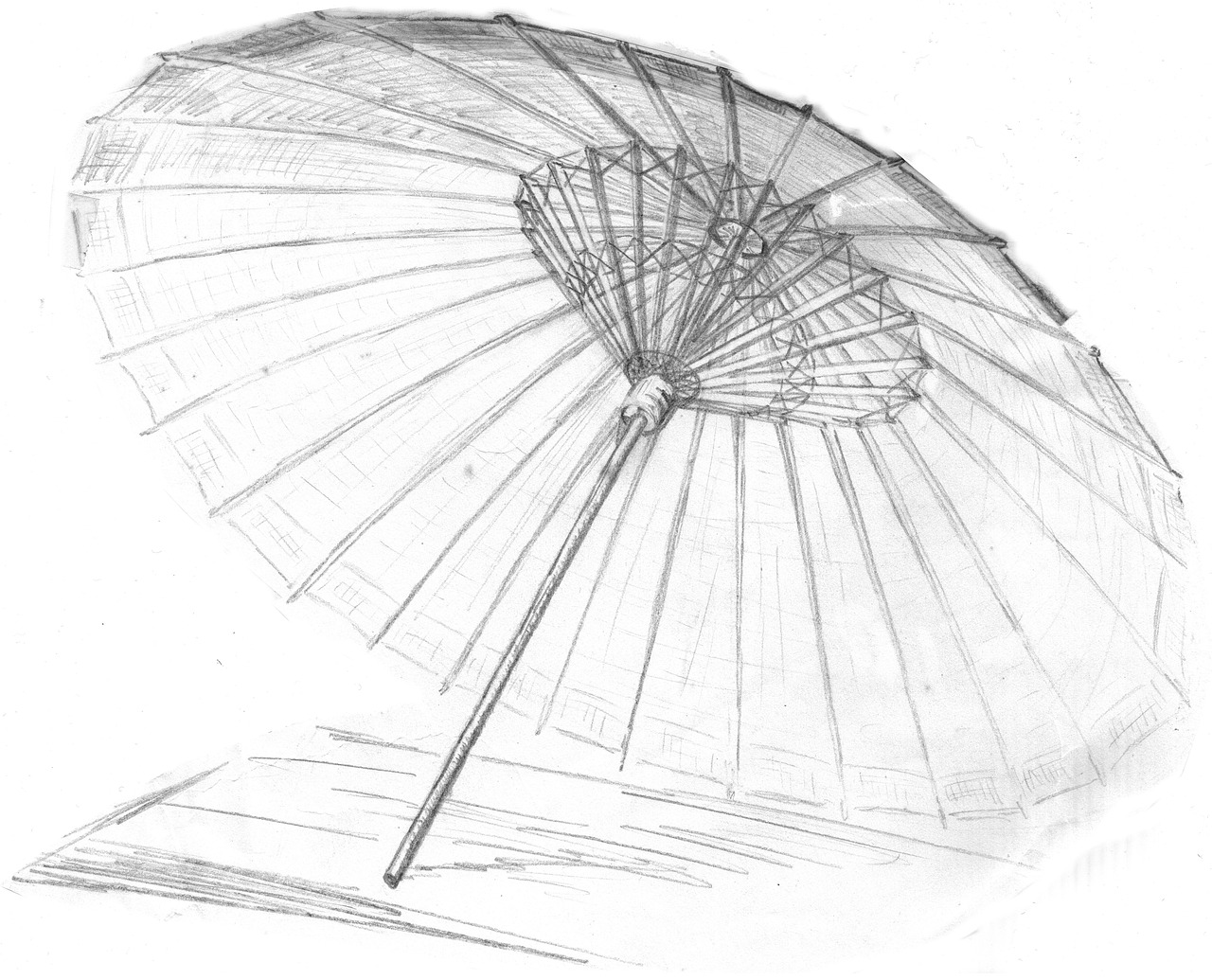
Practice Exercises for Improvement
To truly enhance your drawing skills as an aspiring architect, regular practice is not just beneficial; it's essential. Think of it like training for a marathon—without consistent practice, you won't build the endurance or skill needed to cross that finish line. Here are some practical exercises that can help you refine your techniques and boost your confidence:
One of the first exercises you can start with is contour drawing. This technique involves drawing the outline of an object without looking at your paper. It’s a great way to improve your observation skills and hand-eye coordination. For instance, pick an everyday object, like a coffee mug or a plant, and try to capture its shape without lifting your pencil. The result may surprise you!
Next, focus on shading exercises. Create a simple shape, such as a cube or sphere, and practice shading it to create depth. Use different pencil pressures to achieve various tones. This exercise will help you understand how light interacts with objects and how to represent that in your drawings. Additionally, experimenting with different materials—like charcoal or colored pencils—can add a new dimension to your shading skills.
Another effective method is to try perspective drawing. Begin with one-point perspective by drawing a simple road or railway track that converges at a vanishing point. As you grow more comfortable, challenge yourself with two-point perspective, which involves drawing objects from an angle. This will not only improve your spatial awareness but also give your architectural sketches a more realistic feel.
Don’t forget the power of sketching from life. Find a café or park, grab your sketchbook, and draw people, buildings, or landscapes. This exercise is crucial for capturing movement, understanding proportions, and observing the world around you. You’ll be amazed at how much your observational skills will improve when you regularly sketch real-life subjects.
Lastly, consider digital drawing exercises. If you're using software like AutoCAD or SketchUp, practice recreating your hand-drawn sketches digitally. This will not only enhance your technical skills but also familiarize you with the tools available for modern architectural design. Remember, the goal is to integrate both traditional and digital methods to create a comprehensive skill set.
To help you track your progress, consider maintaining a drawing journal. Document your exercises, note the techniques you’ve practiced, and reflect on what you’ve learned. This journal can serve as a motivational tool, showing how far you've come and where you need to focus your efforts next.
In summary, the key to improvement lies in consistent practice and a willingness to experiment with various techniques. By incorporating these exercises into your routine, you'll not only sharpen your skills but also develop a deeper understanding of architectural representation. So grab your tools and start sketching—your architectural journey awaits!
Q: How often should I practice my drawing skills?
A: Aim for at least 30 minutes of drawing practice every day. Consistency is key to improvement.
Q: Do I need expensive tools to start practicing?
A: Not at all! Start with basic tools like pencils, erasers, and sketch paper. You can upgrade as you progress.
Q: What if I feel discouraged with my progress?
A: It's completely normal to feel that way. Remember that improvement takes time and practice. Celebrate small victories along the way!
Q: Can digital drawing replace traditional methods?
A: Both methods have their strengths. Digital tools can enhance your workflow, but traditional skills are foundational and valuable in their own right.
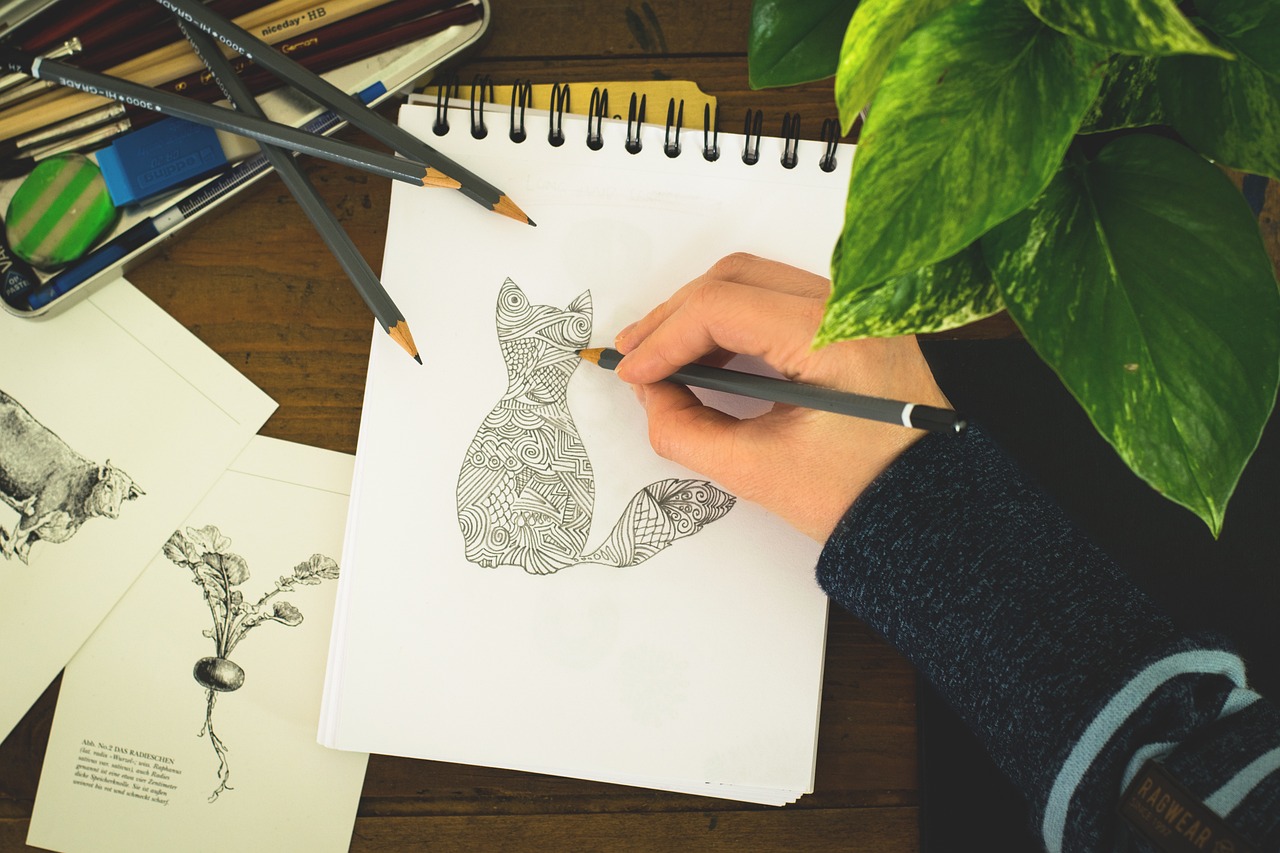
Learning from the Masters
When it comes to mastering architectural drawing, there's no better way to elevate your skills than by . Renowned architects have honed their craft over decades, and their unique styles and techniques can serve as a rich source of inspiration for aspiring architects. Whether it's the fluid lines of Frank Lloyd Wright or the bold geometries of Zaha Hadid, each architect offers a different perspective that can help you develop your own voice in the field.
One of the most valuable lessons you can learn from these architectural giants is the importance of observation. Take a moment to analyze their drawings; notice how they use line weight to convey depth and structure, or how they employ shading to create a sense of light and space. By dissecting these elements, you can start to understand the underlying principles that make their work so compelling.
Additionally, studying the works of influential architects can help you grasp the evolution of architectural styles over time. For instance, consider how the modernist movement, led by figures like Le Corbusier, emphasized functionality and simplicity, while postmodern architects like Robert Venturi embraced complexity and contradiction. Understanding these shifts will not only enrich your knowledge but also inform your own design philosophy.
To make your learning process more structured, you might want to focus on a few key architects and their distinctive drawing styles. Here’s a quick table summarizing some influential architects and what you can learn from them:
| Architect | Key Style | What to Learn |
|---|---|---|
| Frank Lloyd Wright | Organic Architecture | Integration with nature and fluid spaces |
| Zaha Hadid | Parametricism | Dynamic forms and innovative use of materials |
| Le Corbusier | Modernism | Simplicity and functionality in design |
| Robert Venturi | Postmodernism | Embracing complexity and contradiction |
As you explore these architects, don’t just admire their finished works; dive into their sketchbooks, presentations, and even their personal notes. Many architects, like Alvar Aalto, have shared their processes, revealing how their sketches evolved into grand designs. This behind-the-scenes look can be incredibly enlightening and can help you appreciate the iterative nature of architectural drawing.
Finally, don’t forget to bring your own perspective to the table. While it's essential to learn from the masters, the ultimate goal is to develop a style that reflects your individual vision. So, take inspiration from their techniques, but always strive to infuse your personality into your work. After all, architecture is not just about buildings; it’s about expressing ideas and emotions through the art of drawing.
- Who are some of the most influential architects to study? Some notable architects include Frank Lloyd Wright, Zaha Hadid, Le Corbusier, and Robert Venturi.
- What should I focus on when analyzing architectural drawings? Pay attention to line weight, shading, perspective, and how the elements come together to convey a cohesive design.
- How can I develop my own architectural style? By studying the works of various architects and experimenting with different techniques, you can cultivate a style that reflects your unique vision.
Frequently Asked Questions
- What is architectural drawing?
Architectural drawing is a specialized form of visual communication that conveys ideas, designs, and concepts related to buildings and structures. It serves as a blueprint for architects to express their vision and ensure that their ideas are understood by clients, builders, and other stakeholders.
- What tools do I need to start drawing like an architect?
To get started, you'll need a few essential tools in your toolkit. These include a quality set of pencils, erasers, rulers, and drawing paper. Additionally, consider investing in fine liners for precise line work and possibly software like AutoCAD if you're venturing into digital drawing.
- What basic drawing techniques should I master?
Mastering basic techniques such as line work, shading, and perspective is crucial. These skills help create depth and realism in your drawings. Start by practicing straight lines, curves, and different shading techniques to enhance your overall drawing ability.
- How is sketching different from technical drawing?
Sketching is more about capturing ideas quickly and freely, often without strict adherence to proportions or details. Technical drawing, on the other hand, is precise and detailed, focusing on accurate representations of dimensions and specifications. Understanding when to use each style is key to effective architectural representation.
- Can I develop my own unique drawing style?
Absolutely! Every architect has a unique style that reflects their personality and vision. Experimenting with different techniques, materials, and influences from other artists can help you cultivate a distinctive approach that sets you apart in the field.
- What digital tools can complement traditional drawing?
Incorporating digital tools can greatly enhance your architectural drawings. Software such as SketchUp, Revit, and Adobe Illustrator are popular among architects for creating detailed models and presentations. These tools can be used alongside traditional methods to streamline your workflow.
- How can I improve my drawing skills?
Regular practice is the key to improvement. Engage in various exercises that focus on different aspects of drawing, such as perspective, proportion, and shading. Set aside time each week to sketch, and don't hesitate to seek feedback from peers or mentors.
- Who are some influential architects I should study?
Studying the works of renowned architects can provide valuable insights and inspiration. Figures like Frank Lloyd Wright, Zaha Hadid, and Le Corbusier each have unique styles that can influence your own approach. Analyzing their drawings can help you understand different techniques and concepts.



















